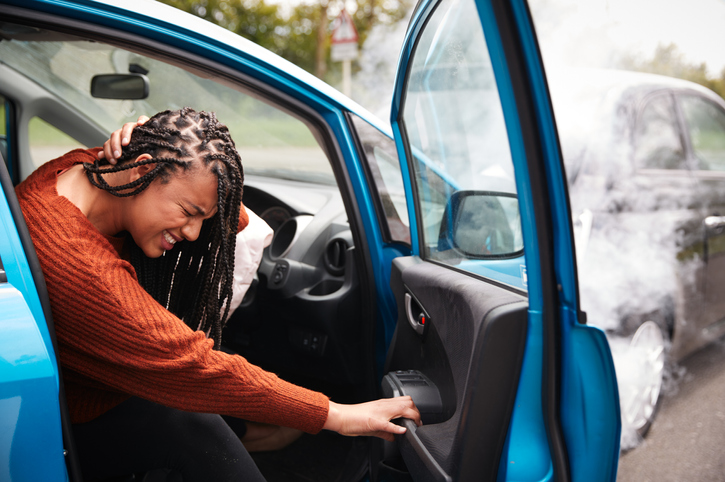To Brace or Not To Brace For Impact?
If you have already been involved in a car accident, it’s important to be evaluated as soon as possible. Once more serious injuries like fracture, dislocation, or disc herniations are ruled out, it’s important to have your neck and back evaluated by a chiropractor. Early treatment can reduce your chances of experiencing pain later down the road.
Click below to sign up for a consultation with Dr. Phipps.
Now that you understand 5 quick tips to reduce injury during a car accident, what do you do if you look in your rearview mirror and you see another vehicle clearly not planning on stopping? Should you brace for impact, tensing all of your muscles, or should you try to be as relaxed as possible?
Research shows that people who are aware of an impending collision and have time to brace for impact have better long-term outcomes and less injury. So you should always brace for impact. You have a lot of muscles in your neck that can protect the ligaments, discs, and nerves in your neck. If you relax your muscles the ligaments, discs, and nerves will have to take a much larger percentage of the force and can become damaged. It’s much easier for muscles to heal than nerves, discs, or ligaments.

To prepare for a rear-end collision:
- Brace your head against the headrest. This reduces the distance between your head and the front of your headrest. The closer your head is to the headrest, the better.
- Always look forward, and NEVER lean forward. If you have your head turned at impact, then this increases your chance of injury.
- Push your foot on the brake pedal and push your back squarely against the seat back.
- Tense up like someone is going to punch you in the back with a 4,000-pound car.
If you’ve been in a car accident and need to have your back and neck checked out, schedule a free consultation with Dr. Phipps today.
*Please note that every patient is different. The content and tips displayed on this page are for educational purposes only, and do not substitute for medical advice. Please consult with a medical or healthcare provider, such as Dr. Phipps, for specific diagnosis and treatment advice. Williamsville, NY 14221 Chiropractor
